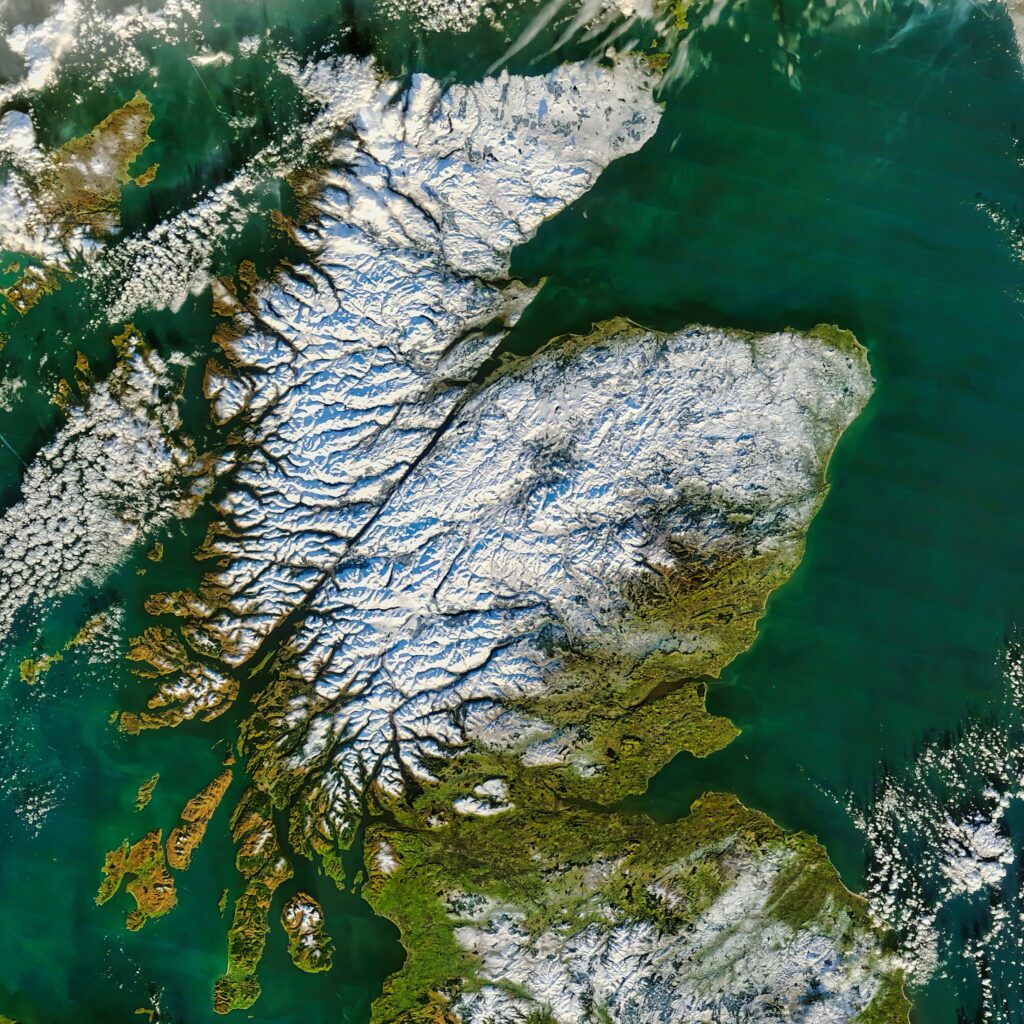A new satellite mapping service will help public sector agencies in Scotland respond to floods, wildfires, landslides, and oil spills.
The Scottish Environment Protection Agency (SEPA) launched the new service at the Space Comm Expo in Glasgow on Wednesday, harnessing innovation for environmental incident management.
The Satellite Emergency Mapping Service (SEMS) uses state-of-the-art satellite imaging technology to deliver real-time, high-resolution data and insights that will enhance decision-making capabilities and enable faster, more efficient response efforts when disasters strike, offering a significant boost to Scotland’s resilience against natural and human-made disasters.
SEMS is available to all responders in Scotland and operates 365 days a year with an on-call provision available 24 hours a day.
The new service forms part of the International Charter Space and Major Disasters, a global network of over 270 satellites from 17 Charter members around the world, working to support disaster relief. SEPA are the only organisation in Scotland able to activate the Charter and give emergency responders access to critical satellite imagery.
This allows them to assess the full scope of damage, find critical hotspots, and prioritise areas for intervention – even in areas where weather or hazardous conditions make ground assessments impossible.
The service will also contribute to future crisis preparedness, using baseline data collected by satellites to model potential scenarios, inform long-term resilience planning, and develop more effective response strategies.
Claire Neil, Principal Scientist at SEPA, said: “SEPA are proud to lead this initiative, which will not only save lives and protect critical infrastructure, but also mitigate environmental damages during crises. Our work is testament to the importance of collaboration across sectors to safeguard our environment.
“The ability to access stable, consistent, near real-time data from space adds an unprecedented layer of precision to our efforts in managing environmental risks. The technology’s potential for both immediate crisis management and long-term planning is immense. We look forward to working with our partners, in what is a cost-effective service for the public sector for safeguarding our environment and our communities.”
Mark Cleland, Group Commander at the Scottish Fire and Rescue Service, said: “Innovation is one of the core values of our fire service.
“We’re extremely interested to see how new technologies can improve the safety of communities and our staff, enhance resilience and potentially save lives during environmental emergencies.”
